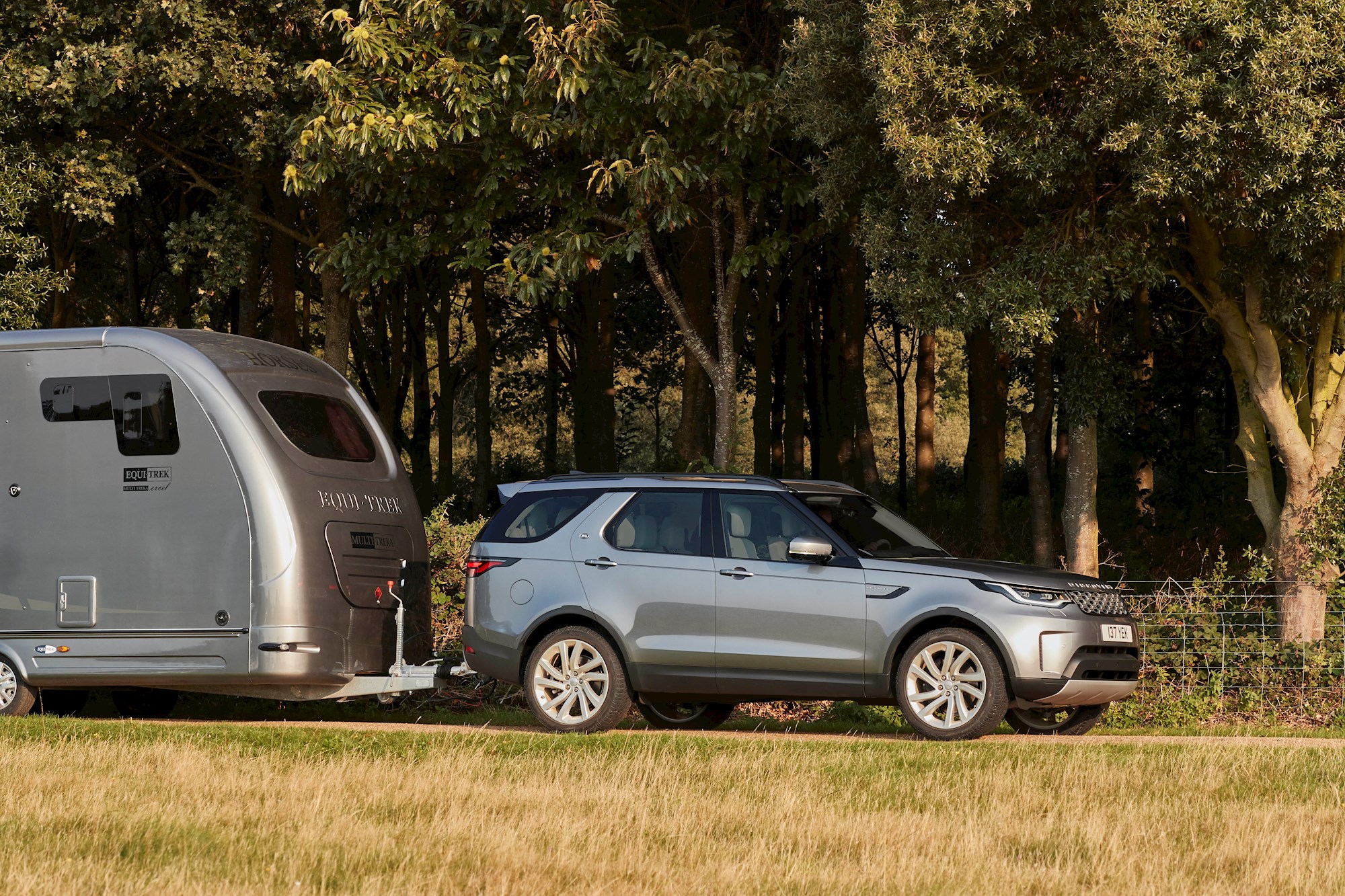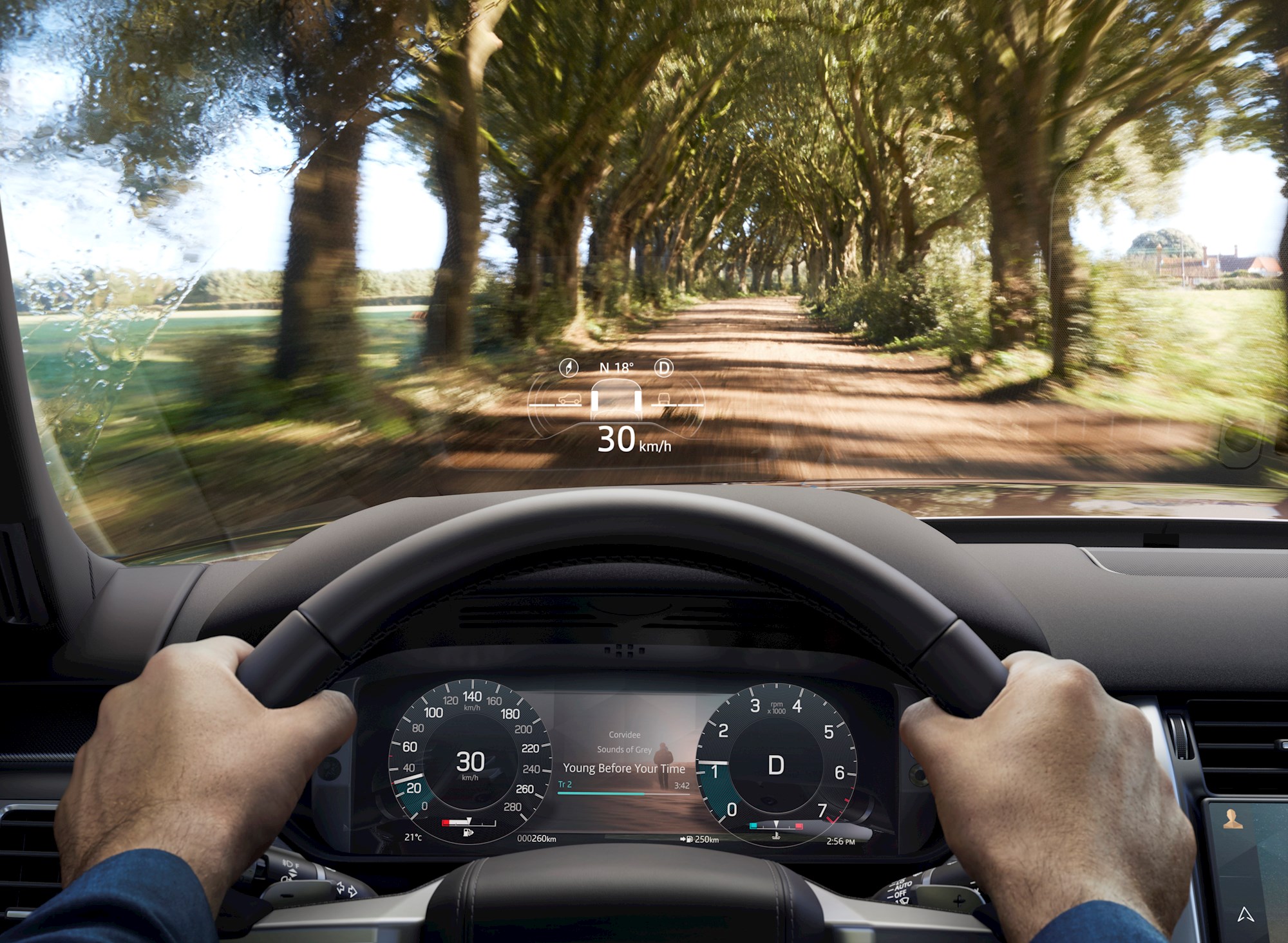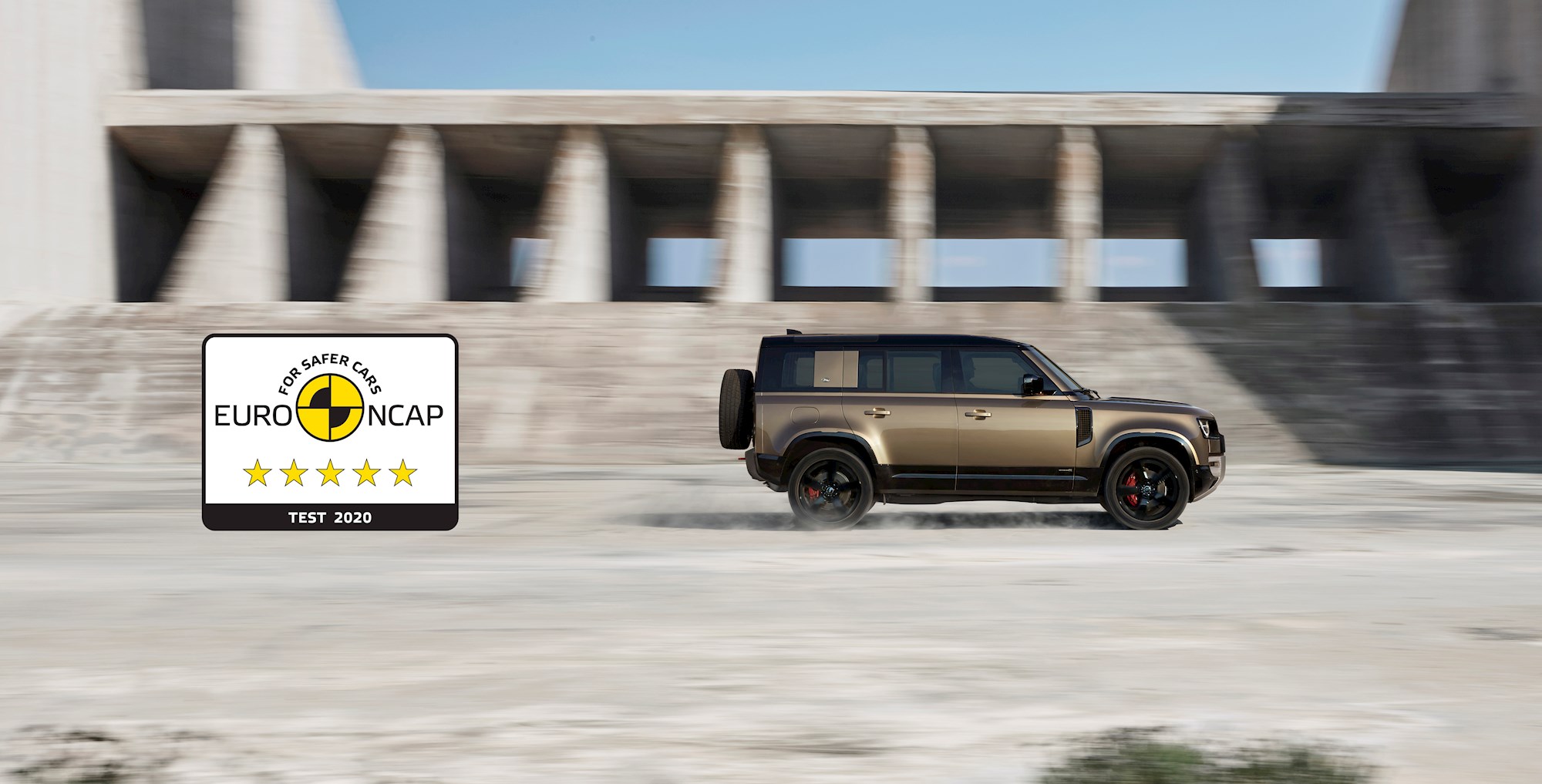I remember getting the call to let me know my parents had been involved in a car accident like it was yesterday.
They were on State Highway One just north of Levin when a trailer from an oncoming car bounced off its ball and came careering towards them.

Despite the best efforts of my Dad, who was driving, they ploughed into the trailer at 100 kilometres an hour.
My Mum was severely injured. She broke her back and her ribs, and her three-month recovery in hospital was long, arduous, and emotional for everyone involved.
Yet despite the trauma, we’re one of the lucky families. An estimated 300 people die on Kiwi roads each year, and my heart breaks for the friends and whanau who are left to pick up the pieces.
It’s one of the many reasons I’m passionate about road safety. We have hundreds of deaths and thousands of hospitalisations each year, but the cruellest part is most of them are preventable.
So, what can we do to help make our roads safer? There’s a role to play for government, manufacturers, and individual responsibility.
As a parent myself, one of the strongest recommendations I can make, is to put your children through a practical defensive driving course. Our kids aren’t taught how to drive a vehicle properly – many think they’re Greg Murphy, but few have the skills or experience to manage a tricky situation when things go wrong.
We should make a defensive driving course with a practical element part of licensing requirements – and raise the technical standards of all Kiwi drivers before they get behind the wheel.

Elsewhere, mandatory driving courses prove effective. In Norway, for example, learner drivers are required to complete practical training on slippery roads, night driving and through obstacle courses. This defensive training teaches the ability to recognise and avoid dangerous situations, resulting in some of the lowest road mortality rates in the world.
Because of our geography and remote population, a lot of our roads aren’t up to the standards you’ll see in the likes of Europe. There are rarely middle barriers to divide the direction of traffic and road conditions in rural communities leaves a lot to be desired. It means that our drivers should have the most rigorous training, as opposed to some of the lightest.
Our young drivers should be taught safety skills for high-risk situations, such as passing techniques and coming out of a passing lane when you have completed your manoeuvre. The driving skills which many adults deem as simple and logical, if not taught correctly, can put our children and their passengers at risk.
Luckily most manufacturers take road safety seriously and have continued to invest in technology and services to make vehicles safer.
Innovation and features like 4-wheel drive development, emergency brake assist, collision avoidance, lane keeping aids, adaptive cruise controls, blind-spot monitoring and reversing cameras with cross traffic alerts are all designed to help reduce the risk of injury and death.
This is one of the many benefits of buying a new or late model vehicle, with the safety benchmarks constantly being improved and the aforementioned technical features becoming commonplace.
However, the question mark remains around older used cars, and buyers need to investigate whether they meet a comfortable safety standard for themselves or their children. It’s been pleasing to see Waka Kotahi address the issue head-on through comprehensive marketing campaigns, because vehicle safety standards should be a factor on any consumer checklist when shopping around.
To take this a step further, compulsory third party vehicle insurance as part of registration (like what’s required in Australia and the United States) would see drivers of all vehicles better protected and compensated in the event of an accident.

Finally, we could do with tightening some road safety regulations.
One example that’s close to my heart is tow-bar regulation, for obvious reasons. More than nine in ten New Zealand vehicles have a tow-bar. We love to tow caravans, or boats, or trailers; they’re ingrained in our culture psyche.
But did you know that right now, most towbars on light vehicles are not required to be certified? This means in some cases, people can install uncertified towbars without considering the quality of steel or its towing capacity.
John Nash, Sales Manager at towbar specialists Best Bars, says this is an ever growing ticking time bomb on New Zealand roads.
“When you consider the added stress on equipment and driving with a trailer behind you, it’s no wonder a failure is a cause of road accidents. An authorisation for design, testing, manufacture and installation of towbars should be introduced, especially when there is no practical training or certification to tow a trailer. Discussions are underway and we hope for a timely and positive result,” says Nash.
So if you’re one of the lucky Kiwis who is able to get out and about for the holidays with a boat or a caravan, take extra care and check your vehicle thoroughly before you depart.
I’ve experienced the heartache of when it goes wrong, and the responsibility for making our roads safer rests on all of us. Be careful out there and enjoy the Christmas season ahead.







